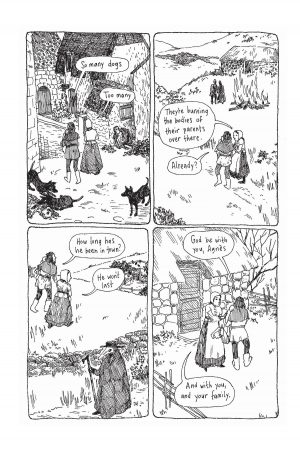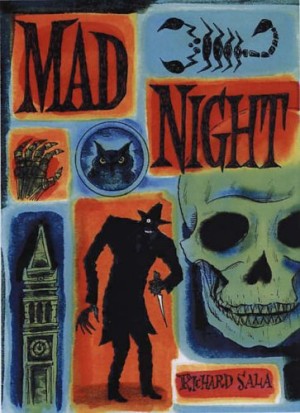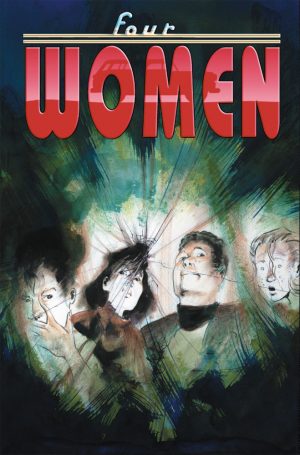Review by Frank Plowright
In the Dark Ages the Black Plague sweeps across Europe killing people in their millions. Agnès, however, survives. She doesn’t know why, but a prologue chapter provides the reason, showing how her mother literally rescued her from death as a baby.
It’s difficult to bring to mind another graphic novel remotely like Laid Waste. Thematically and via her choice of narrative material Julia Gfrörer stands alone, and that’s wonderful. Agnès’ life is one of pain, desolation and disappointment. We learn she’s already outlived a husband and child, and further anguish is imminent, so how can the daily evidence of loved ones and friends just dying be reconciled with a Catholic faith enforced by a church intimately entwined with state? Agnès knows the rules she’s supposed to live by, but do they still apply at the end of days?
Gfrörer deals in subtlety. Much of what’s needed to build a complete knowledge of Agnès and her times is imparted in passing or via illustration rather than spelled out, and Gfrörer’s simple, blocky illustrations within a rigidly imposed four panel grid imply the prevailing constrictions. The angel of death hovering over the village on the cover is a constant presence, and survivors, or those not yet among the dead, either burn the corpses of their loved ones or deposit them in a pile unburied. That this is beneath a hill adjacent to the church is another subtle touch.
Not all graphic novels need to be proponents of good cheer, and there’s little escape from the sadness and suffering in Laid Waste. An open ended conclusion could be read as optimistic, dependent on the reader’s character, but overall this is memorable melancholia as the truths of humanity are laid bare in extreme conditions. It lingers in the mind long after the relatively brief read, and may prompt further questions. Is Gfrörer presenting a form of allegory, for instance? Don’t read this if already upset or depressed!





